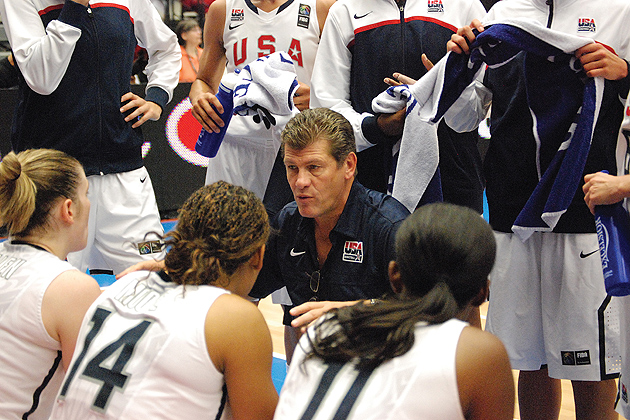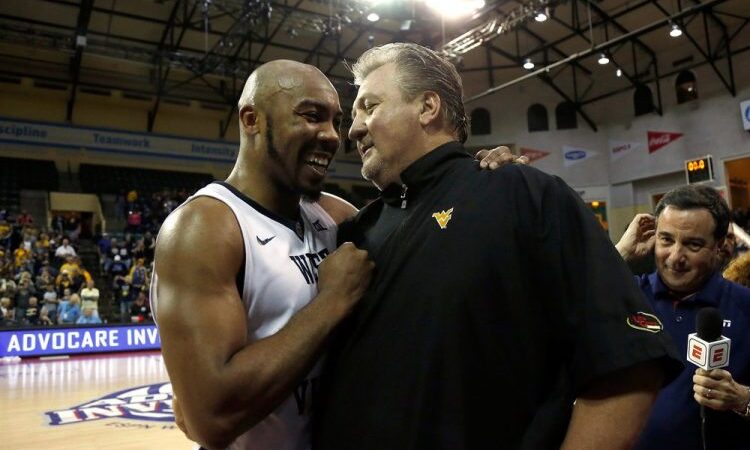ARTICLE: Women’s college athletes don’t need another coddling parent. They need a coach.
This article touches on one of the real challenges in coaching. How can coaches demand respect and accountability, when that environment is not mirrored in the world around the athletes? How does a coach establish reality, without damaging feelings? Here are some interesting numbers from the article.
“According to a 2016 NCAA survey, 76 percent of all Division I female athletes said they would like to go home to their moms and dads more often, and 64 percent said they communicate with their parents at least once a day, a number that rises to 73 percent among women’s basketball players. And nearly a third reported feeling overwhelmed.”
“At the same time, accompanying this anxiety, iGens have unrealistic expectations and exaggerated opinions of themselves. Nearly 60 percent of high school students say they expect to get a graduate degree — when just 9 to 10 percent actually will. And 47 percent of Division I women’s basketball players think it’s at least “somewhat likely” they will play professional or Olympic ball, but the reality? The WNBA drafts just 36 players, 0.9 percent.”
This is a fantastic article, which references this Geno Auriemma video, and also how Pat Summit would fit into modern day coaching.



